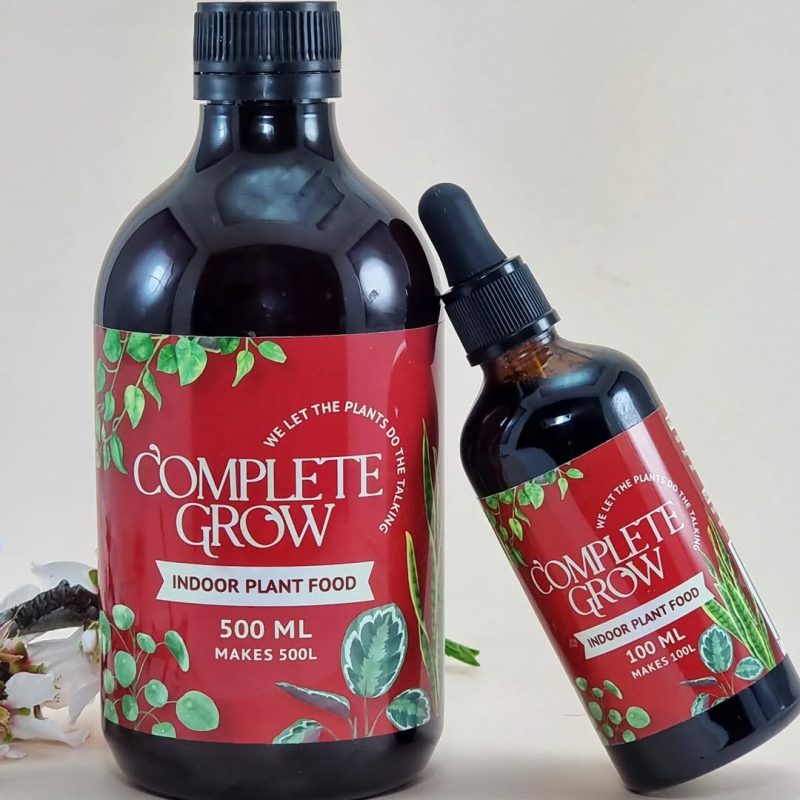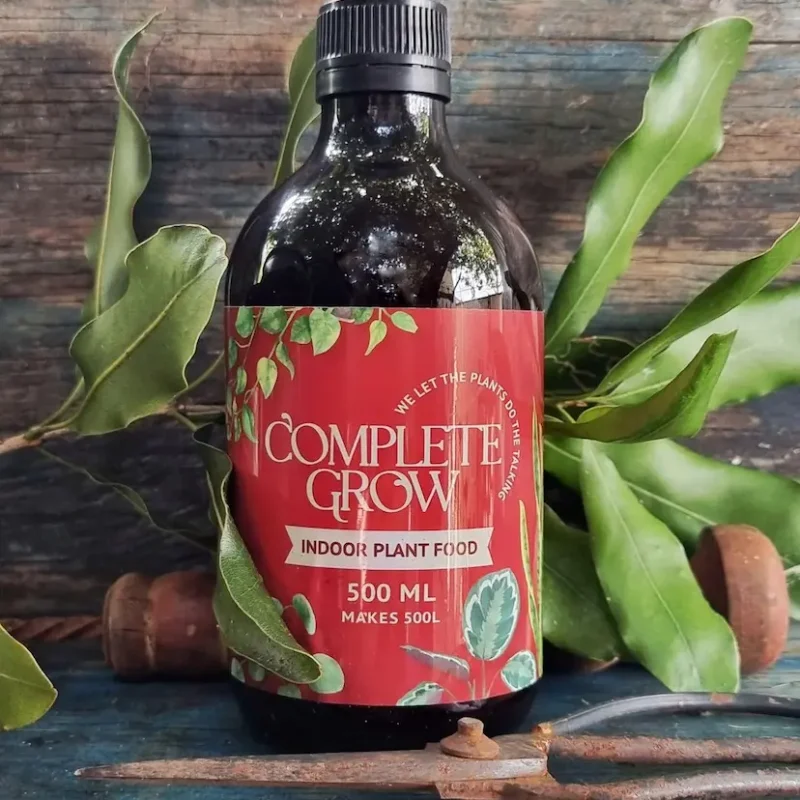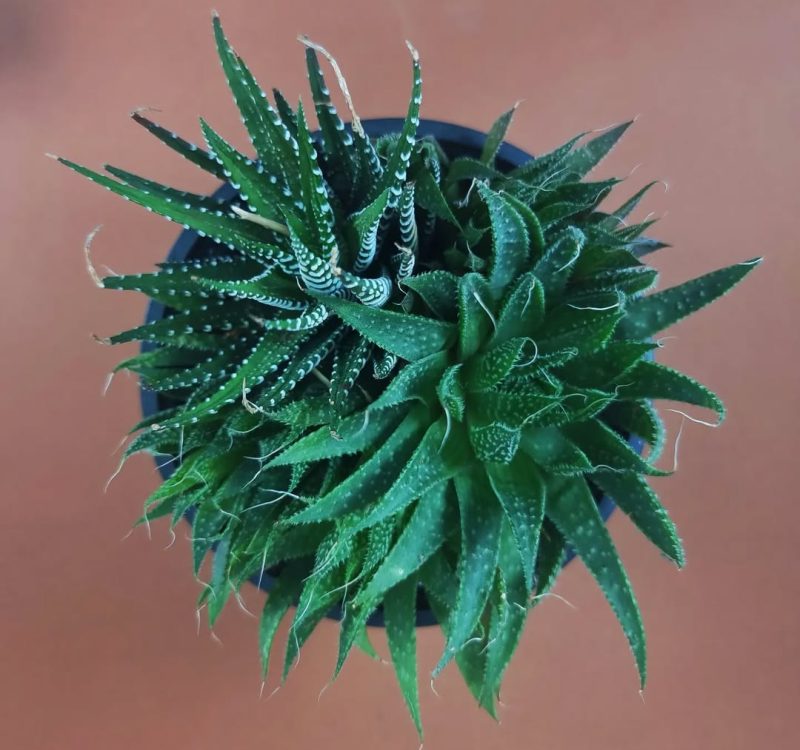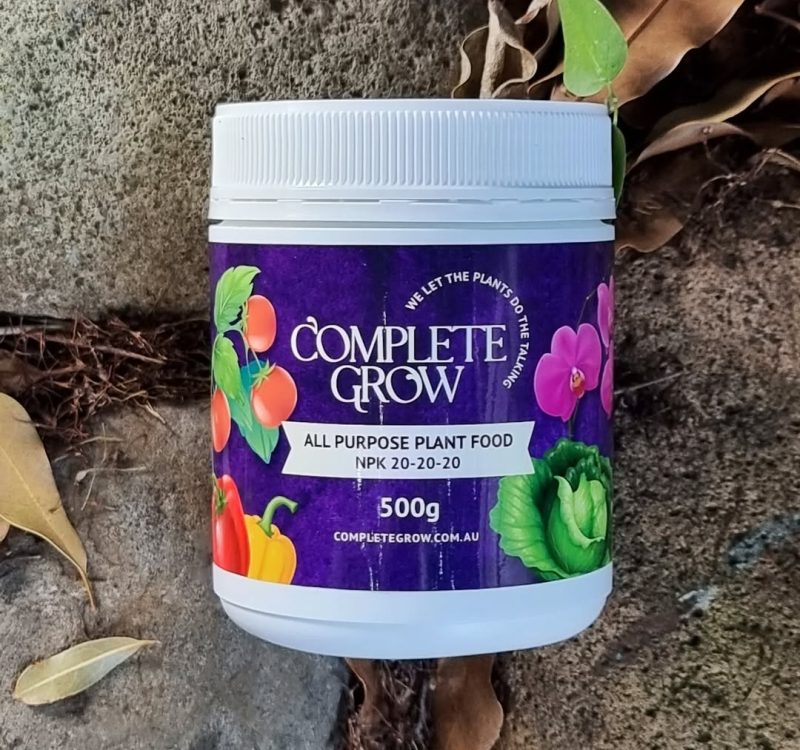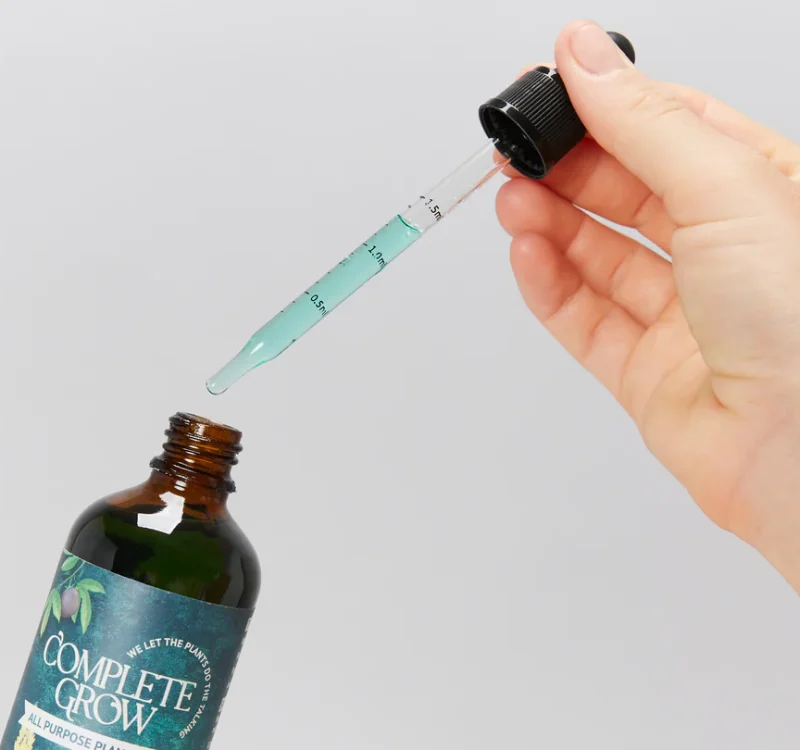Indoor Plants
Transform Your Garden into a Personal Paradise!
Fertiliser for Indoor Plants: How to Feed, Grow & Maintain Healthy Houseplants
Indoor plants bring life, colour, and fresh air into homes across Australia—but to truly thrive, they need more than just water and sunlight. Choosing the right houseplant fertilizer and feeding it correctly will keep foliage vibrant, support flowering, and help roots grow strong in confined pots. Whether you grow peace lilies, monsteras, ferns, or succulents, understanding how to care for and fertilise indoor plants is key to year-round health.Indoor Plant Basics – Growth Needs, Light & Potting Conditions
Unlike outdoor plants, indoor houseplants depend entirely on what you provide in their pots—meaning every element, from light to nutrients, matters. Key characteristics of typical indoor plants:- Growth style: Compact, upright or vining; adapted to low-to-medium light
- Common types: Peace lily, pothos, monstera, calathea, rubber plant, ferns
- Pot size: Typically 10–30 cm across; may be root-bound without frequent repotting
- Foliage: Glossy green, patterned, or lush leaves; some varieties bloom
- Light needs: Bright, indirect light is ideal for most houseplants
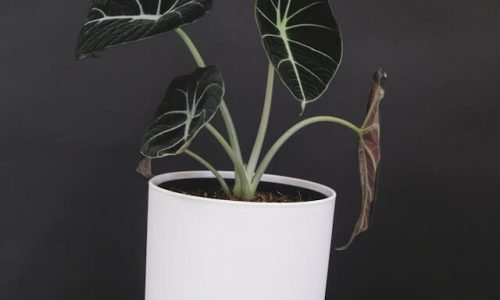
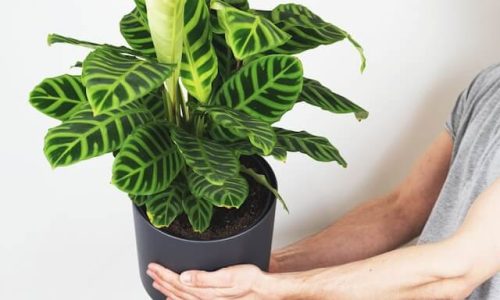
How to Feed & Maintain Healthy Houseplants Indoors
Feeding houseplants is not just about dumping fertiliser into the pot—it’s about providing consistent, targeted nutrition that supports their growth stage, lighting conditions, and species-specific needs. Fertilising schedule and care routine:- Spring–Summer: Actively growing season. Feed every 2–4 weeks using a complete liquid fertiliser.
- Autumn: Gradually reduce feeding frequency as plant growth slows.
- Winter: Pause fertilising entirely unless the plant is under artificial grow lights and actively producing new growth.
- Watering: Match watering frequency to the plant type and season. Avoid overwatering.
- Humidity: Many tropical plants prefer 50%+ humidity. Mist or use a humidifier if needed.
- Light levels: Move plants seasonally to ensure they continue receiving the right amount of light.
- Repotting: Refresh potting mix every 1–2 years to improve drainage and nutrient-holding capacity.
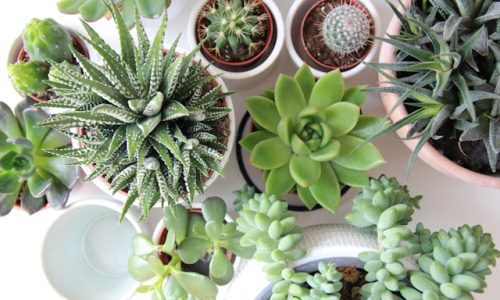

Common Clematis Feeding Issues
Even if you’re using the best fertiliser for clematis, improper timing or soil issues can affect results. Watch for these signs:
- Yellow leaves: Often caused by nitrogen or magnesium deficiency
- Poor flowering: Usually due to low potassium or over-pruning late in the season
- Dieback or weak growth: Can result from dry soil, root rot, or inconsistent feeding
FAQs: Fertilising Clematis
Can I use tomato or rose fertiliser on clematis?
You can—but balanced formulas like NPK 20-20-20 offer more consistent results across the season, especially for spring-emerging clematis varieties.
How often should I feed clematis?
Feed monthly during spring and summer. Reduce frequency in autumn and stop completely during dormancy.
What’s the best fertiliser for clematis in pots?
The same NPK 20-20-20 formula, used at half strength every 2–3 weeks. Be sure to water regularly and flush excess salts if needed.
Feed Your Clematis Right & Watch It Thrive
Using the best fertiliser for clematis makes all the difference in bloom size, quantity, and overall plant health. With CompleteGrow NPK 20-20-20, you’ll give your clematis everything it needs to flower prolifically and climb strong, year after year.
Browse our gardening guides for more flowering plant tips, or speak with our plant care team for tailored support.
Recommended Products
- Quick View
- Select options This product has multiple variants. The options may be chosen on the product page


